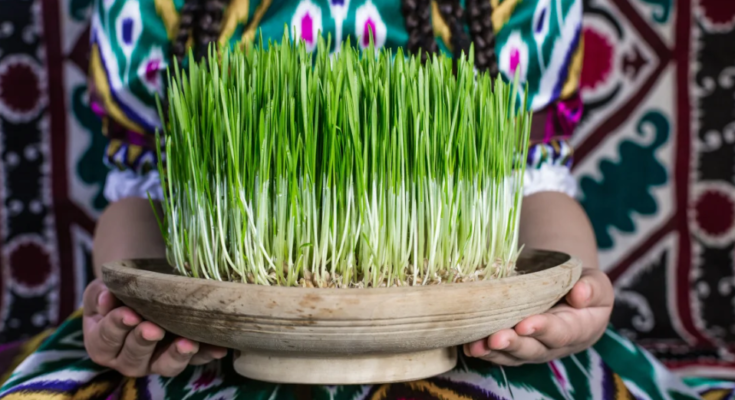Spring not only symbolizes rebirth in nature but also heralds the arrival of the Persian New Year, Nowruz, which this year falls on March 20, coinciding with the spring equinox.
Yasmin Khan, a human rights advocate turned author of acclaimed cookbooks like “The Saffron Tales,” “Zaitoun,” and “Ripe Figs,” emphasizes the celebration of spring as a representation of renewal and revival. As life stirs from the slumber of winter, the festivities embody the essence of these transitions through diverse culinary stories from the Middle East.
In an edited conversation, Khan discusses some cherished traditions associated with Persian New Year.
CNN: What are some of Persian New Year’s traditions and rituals?
Yasmin Khan: A captivating tradition occurs on the last Tuesday before the New Year, where small bonfires are made in gardens. People jump over these flames, a gesture symbolizing purification and the challenges faced over the past year, cleansing your spirits as you prepare for the year to come.
Another significant custom is creating a Haft-seen altar in homes, which translates to “seven S’s” in Farsi. This altar features seven items, each starting with the letter S in Farsi, representing qualities or blessings one wishes to attract in the new year. Examples include apples for good health, candles to symbolize light, eggs for fertility, wheatgrass denoting rebirth, vinegar for wisdom, and a gold coin representing prosperity. Each individual selects items that resonate personally.
The celebration spans two weeks, culminating in a ritual where the wheatgrass grown on the altar is brought to flowing water. Here, participants tie knots in the grass and release it into the current, allowing their aspirations and dreams for the coming year to drift away.



